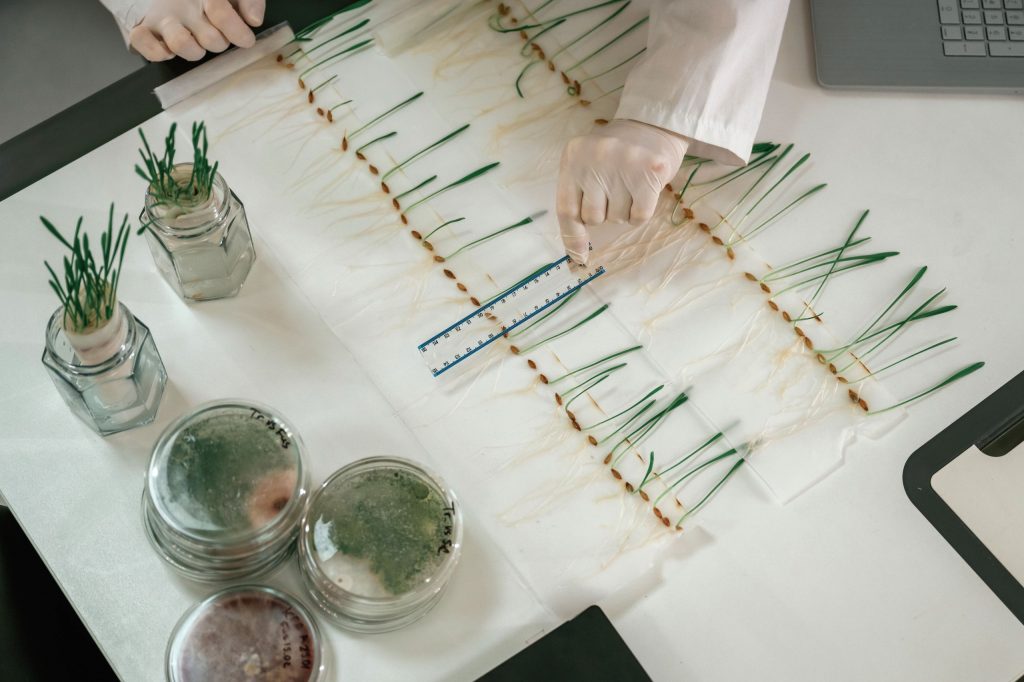One of the most beautiful things about natural dyeing is how accessible it is. You don’t need exotic plants or specialized suppliers to begin — your kitchen is already full of powerful dye materials hiding in plain sight. From onion skins to avocado pits, common food scraps and herbs can yield surprisingly rich and complex colors.
This article explores everyday ingredients that can be used to create natural dyes, along with tips for extracting their color and ideas for experimenting at home.
Why Use Kitchen Scraps?
Using kitchen waste is an easy and sustainable way to explore natural dyeing. Not only does it reduce food waste, but it also allows you to experiment without extra cost or effort. The process becomes part of your daily rhythm — saving onion skins during cooking, drying avocado pits on the windowsill, or boiling cabbage after dinner becomes the start of your next creative project.
Plus, many kitchen scraps produce colorfast, beautiful tones — sometimes even more vivid than plants found outdoors.
1. Onion Skins
Color: Golden yellow to deep rust
Type: Outer dry skins from yellow and red onions
Onion skins are one of the easiest and most reliable natural dyes. Yellow onions typically yield warm golden-orange tones, while red onions can give soft greens or browns depending on fabric and mordant. No need to chop or boil the onions themselves — just save the dry papery skins.
Tip: Collect a bagful over a few weeks. The more skins, the richer the dye bath.
2. Avocado Pits and Skins
Color: Pale pink to dusty rose
Avocados are full of tannins, which makes them great for dyeing without a mordant. The pits and skins, when cleaned and simmered, produce unexpectedly beautiful blush pink tones.
Tip: Wash the pits well to remove any residue and avoid unpleasant odors during simmering. The dye will deepen the longer you heat and rest the bath.
3. Red Cabbage
Color: Purple, blue, or green (pH-sensitive)
Red cabbage is a pH indicator, meaning its color changes based on acidity or alkalinity. You can shift the final shade by adjusting the pH of your dye bath with baking soda (alkaline) or vinegar (acidic).
Tip: For a range of effects, divide your cabbage dye into smaller jars and add different modifiers to each. Watch the color shift instantly!
4. Turmeric
Color: Bright yellow
Turmeric root or powder makes an intensely vibrant yellow dye. It’s one of the easiest kitchen dyes to use — just mix the powder in hot water and soak your fabric.
Tip: Although turmeric is vivid, it tends to fade quickly in sunlight and with washing. Use it for items that won’t get frequent use or consider overdying it with a more stable dye.
5. Black Tea and Coffee
Color: Warm beige to deep brown
Used tea bags and leftover coffee grounds make excellent dyes for giving fabric a vintage, aged appearance. These are rich in tannins and don’t require a mordant.
Tip: For stronger colors, let the fabric sit overnight in the cooled dye bath. You can layer results by re-dyeing several times.
Getting the Most From Kitchen Dyes
- Use natural fibers only (cotton, wool, silk, linen) for best absorption.
- Pre-scour your fabric to remove oils or coatings that can resist dye.
- Soak materials overnight to extract more pigment before simmering.
- Label your results. Each batch may vary depending on water quality, fabric type, and time.
Keep a dedicated notebook or dye journal. Record the ingredient, process, fabric, and result. This not only helps you learn but turns your experiments into a creative archive.
A Colorful Mindset
The beauty of using kitchen dyes isn’t just in the color — it’s in the mindset. It teaches you to see value where others see waste. It helps you become more aware of cycles, seasons, and sustainability. And it proves that creativity can begin with what’s already in your hands.
So the next time you’re chopping vegetables or cleaning out the fridge, take a second look. There might be magic waiting in that compost bin.

